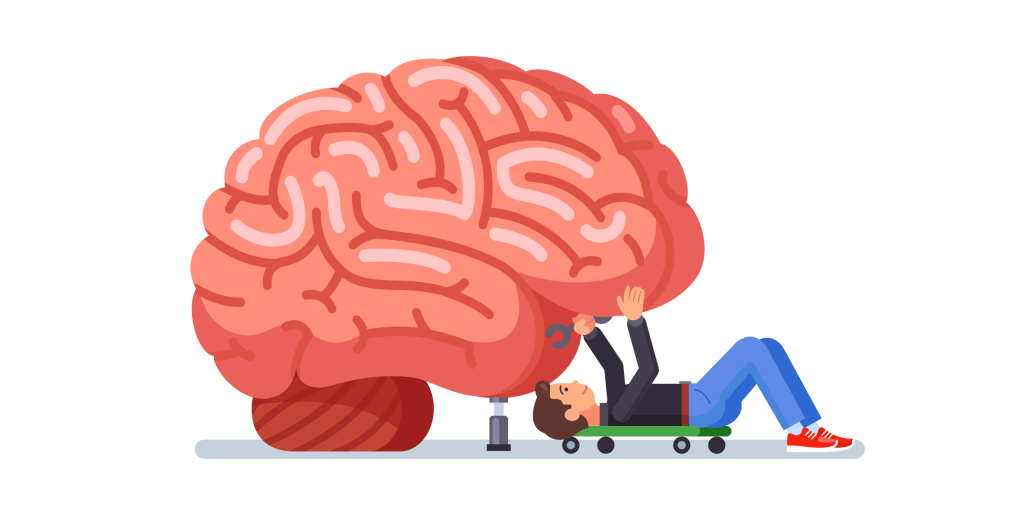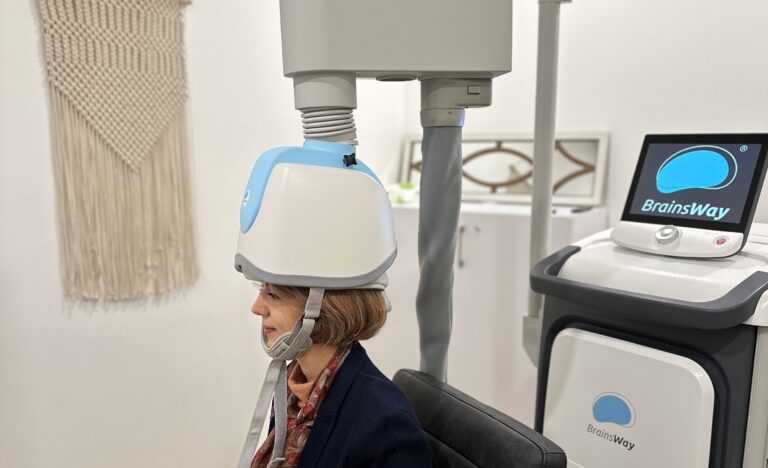Depression is the most common mental disorder in the world. In fact, it is the leading cause of disability worldwide, afflicting 322 million people. It is an “equal opportunity” illness, affecting people of all races, genders, ages, religions, and communities, making it a significant public health concern. Many people who suffer from depression cannot work, study, or even maintain healthy relationships with family and friends.
The most common treatment for depression is antidepressants, psychotherapy, or a combination of the two. However, 20% of depressed people have what is referred to as “treatment-resistant depression,” meaning that common treatments have no effect.
What causes Depression?
There are basically two types of depression: situational and clinical.
Situational depression is caused by an external event, such as a death, breakup, loss of job, or moving away from family and friends. In other words, if the cause of the depression were reversed—if the person hadn’t died; you got back together after a breakup; you got a new job; you moved back with family and friends—the depression would disappear.
Situational depression can often be reversed with a change in the way you think about the situation. By looking at the depressing situation differently—finding the silver lining in the dark cloud hanging over you—you begin to feel better. To a great extent, you have control over how bad you feel. It’s the “make lemonade when life gives you lemons” approach.
Clinical depression has internal causes—inside your brain. No matter how happy life is on the outside, you are still depressed. If the day presents with sunshine and rainbows, you still feel sad, hopeless, worthless, and empty. You lose interest in activities that used to bring you joy. It is this kind of depression that often becomes disabling.
What’s going on in your brain?
Your brain is made up of microscopic cells called neurons. On average, there are 100 billion neurons inside your brain, and each neuron has a specific job to do. To do their jobs, they have to work as a team and “talk” to each other. They communicate by exchanging chemicals called neurotransmitters.
Each neuron is separated from the next by a tiny gap, called a synapse. An electrical impulse travels through a neuron, triggering the neuron to release a neurotransmitter into the synapse. The next neuron takes the neurotransmitter and turns it into an electrical impulse that travels through it until it gets to the next synapse, where it is turned into a neurotransmitter that bridges the gap…and on it goes from neuron to neuron at lightning speed in your brain.
Your ability to function in everyday life—to pay attention to your surroundings; to learn; to remember; to make decisions; to manage your emotions—all depends on how well your neurons work together as a team. When neurons cannot do their jobs, the way they are supposed to, important brain functions cannot be carried out properly. This is what happens when you experience depression (or another mental illness).
How do you fix your depressed brain?
As previously stated, medication such as antidepressants can fix malfunctioning neurotransmitters, restoring the communication between neurons to good working order. However, when you swallow an antidepressant, the medication doesn’t immediately speed up your brain. The medication is absorbed in your gut and affects cells throughout your body.
Undesirable side effects of depression medication can occur, including:
- Nausea
- Weight gain
- Loss of sexual desire
- Fatigue and drowsiness
- Insomnia
- Dry mouth
- Blurred vision
- Constipation
- Diarrhea
- Dizziness
- Agitation
- Irritability
- Anxiety
Science has produced many different antidepressants that work on many different neurotransmitters. But finding one that works for you is often a trial and error process, and it can take many months to find the right one. In fact, fully half of depressed people are never helped with antidepressants—which, when you think about it, is even more depressing!
And The Answer Is…
Remember that electrical impulse that travels from neuron to neuron in your brain?
In 1831 a famous scientist called Michael Faraday discovered that a brief magnetic field applied to a substance that conducts electricity generates a flow of electric current. To make a long story short and simplified, neurons conduct electricity, so applying a magnet to neurons will cause current to flow through the neuron, which can change their activity.
We won’t get into exactly how this happens in your brain. Suffice it to say that in 1985 a device was invented that could alter the activity of neurons in the brain by applying a magnetic field to the scalp. The technique was called “Transcranial Magnetic Stimulation,” or TMS for short. Transcranial means that the magnetic field goes through your cranium—your skull—and magnetic stimulation refers to the use of a magnetic field to stimulate the neurons in your brain underneath your skull.
When TMS was first discovered, scientists were excited to learn which parts of the brain were connected to various parts of the body. For example, they found that if one part of the brain was stimulated through the scalp by TMS, it made the hand twitch.
Researchers than wondered if TMS could alleviate depression, and in the 1990s they began to conduct a lot of studies. They did brain scans of people with depression and discovered that certain sections of the very front of the brain—called the prefrontal cortex—showed less electrical activity in a depressed person than in a person without depression. Researchers then applied TMS to that part of the prefrontal cortex to increase electrical activity in the brain, and the depressed person felt better!
Is TMS Safe?
In the past 25 years, research into TMS and depression has continued. TMS was approved as a treatment for depression in Canada in 2002.
Unlike antidepressants, side effects—if they occur at all—are localized and do not affect the whole body. Side effects may include mild headache and irritation on the scalp where the TMS coil (the magnetic device used in the treatment) is placed.
TMS does not work for everyone, and you are probably not a candidate for TMS if you
- Have a history of seizures
- Have metal in your body (excluding braces and fillings in teeth)
- Have brain damage from illness or injury
- Have frequent or severe headaches
- Have certain other medical conditions
Your doctor will examine you carefully before recommending you for TMS. Be sure and tell him/her everything about your medical history.
But is TMS effective?
Approximately 50% to 60% of people with treatment-resistant depression experience a positive response from TMS. The results seem to last about a year, though some people find permanent relief. After the initial treatment, maintenance sessions may be advised to sustain the positive results.
If you suffer from treatment-resistant depression, TMS might just be the answer you’ve been seeking!
Elumind Centres for Brain Excellence is an integrated mental health centre offering solutions that can help you with your mental/brain health needs. To start your journey, book your FREE 15-MINUTE PHONE CONSULTATION. We are here for you.









